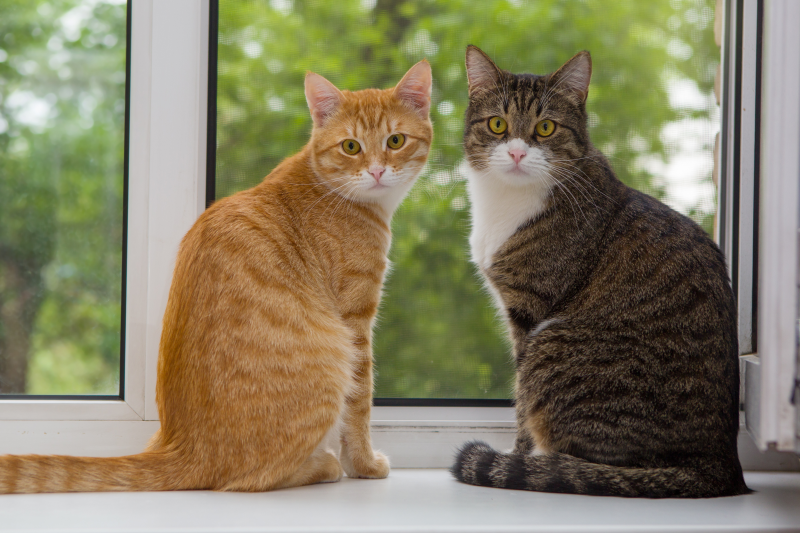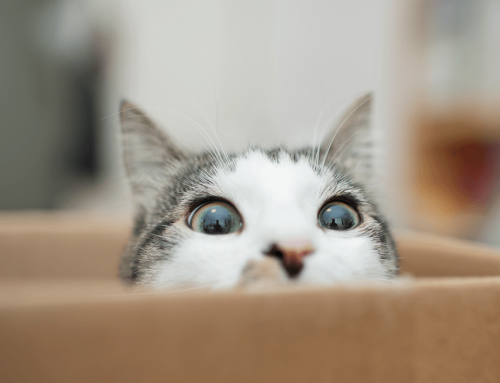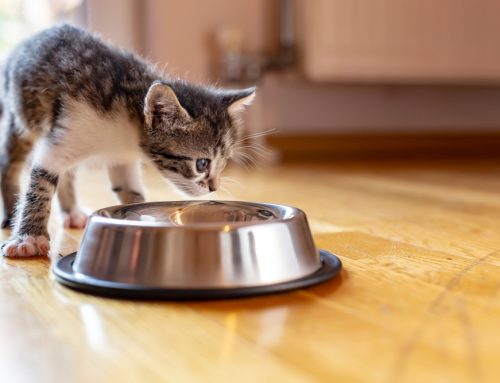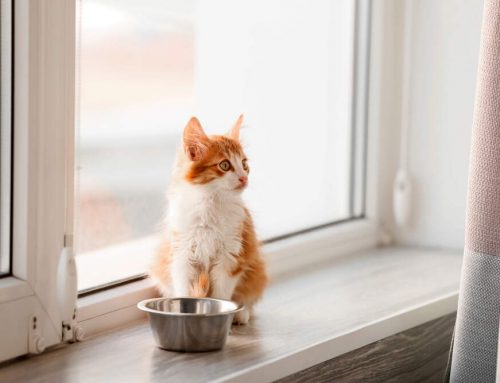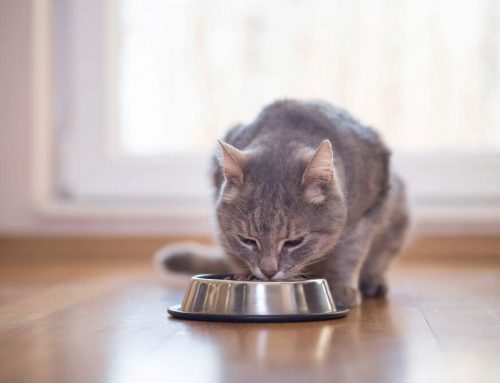If you have a tabby cat, you’ve probably marveled at his beautiful fur and unique coat pattern. A tabby cat is like a snowflake—every coat pattern is different. This might cause you to wonder, “How many types of tabby cats are there? And are they all orange?” Despite all the variations, there are six basic tabby coat patterns ranging from tiger-like stripes to a more marbled look. And tabbies come in a variety of colors other than orange too.
Tabby Refers to a Coat Marking and not a Breed
The concept of a “tabby cat” refers to a cat’s coat markings and not a specific breed of cat. This means you may see different breeds of cats with tabby patterns, like Maine Coon, American Bobtail, or Ocicat.
Tabby cats, no matter what their other markings, typically have what looks like an “M” on their foreheads.1 Sometimes the M is distinct, and other times it can be quite subtle. Tabbies’ other markings may include stripes by their eyes and across their cheeks, along with stripes, spots, or swirls along their backs, legs, and tails. Tabby cats fall into one of six coat-pattern categories: striped (mackerel), classic (blotched), spotted, ticked,2 torbies, and calibies.
6 Types of Tabby Cats
1. Striped or Mackerel Tabbies
The most common type of tabby you may see is the striped or mackerel tabby. These cats have gentle, distinct stripes on their bodies that might be segmented or continuous. The forehead “M” tends to be more prominent, and their stripes can typically be seen on their shoulders, sides, backs, legs, and tails.
Some people refer to these cats as little tigers because of their markings. They come in all different colors. Grey-striped tabbies might have darker stripes that are black, while orange-striped tabbies might have stripes that are darker orange.
2. Classic Tabbies
Classic tabbies are sometimes known as blotched or marbled. They have a distinct “M” on their forehead too, but the classic cats’ stripes tend to be thicker and swirl around their coat. Some might say their fur coloring resembles a marbled cake or even a bulls-eye.3 Although you’re more likely to see classic tabby markings in Europe or the Middle East, these tabbies can be found anywhere. They come in different colors too, just like the striped tabby.
3. Ticked (Agouti) Tabbies
Agouti fur is a type of hair that has two or more pigment bands, giving an overall gray or brown appearance. This is often a band of yellow on a dark hair shaft.4 These cats have typical tabby markings on their faces, but they might have diffused stripes or no stripes at all on the rest of their body.
4. Spotted Tabbies
Spotted tabbies have different-sized spots all over their coat. The spots sometimes blend together to look a little like stripes. Bengal cats have larger, more distinct spots, while other spotted tabbies might have smaller, lighter spots.
5. Torbies
Torbies are tortoiseshell (tortie) cats with a tabby pattern.5 They have the mottled fur of a tortie with the stripes of a tabby. This means their fur has two colors mixed together. White is not one of their primary colors, although some may have a tiny bit of white here and there.
These cats might also have patches of red-orange or black fur, so they sometimes are called patched tabbies. Most are female, and the primary color is often black. These cats are rarer than other tabby types.
6. Calibies
A caliby is a calico cat with tabby striping.6 They typically have large patches of orange, white, and black fur. Sometimes these are called diluted calicos if their stripes tend to be more grey than black.
Tabbies Come in All Different Colors
Tabbies come in all colors. These colors can be black, grey (silver), orange (sometimes called ginger or red), chocolate, and many other shades. Some tabbies have dark stripes and others have muted stripes that blend in with the rest of their fur. Some may seem more solid in color, while others will have large patches of white on their fur.
Whatever the color or pattern, it’s important to support a healthy coat with a nutritious diet. AvoDerm’s Grain Free Tuna & Crab Entree with Gravy is a tasty and nutritious option. It’s made with omega-rich avocados which can help support a shiny, healthy skin and coat.
There are many different types of tabby coats, but all tabby cats are special and uniquely beautiful. Tell us about your unique tabby on Instagram by posting a picture and tagging @AvoDermNaturalPet. We want to see your beautiful tabbies!
1. Primm, Kathryn. “Ask a Vet: Why Does My Tabby Cat Have an ‘M’ on Her Forehead?” I Heart Cats, https://iheartcats.com/ask-a-vet-why-does-my-tabby-cat-have-m-on-her-forehead/.
2. Syufy, Franny. “All About Tabby Cats and Their Color Patterns.” The Spruce Pets, 14 August 2019, https://www.thesprucepets.com/all-about-tabby-cats-552489.
3. Catster HQ. “The 5 Tabby Patterns.” Catster.com, 18 December 2019, https://www.catster.com/cats-101/tabby-cat.
4. NCBI. “Gen Interaction in Coat Color of Mammals.” Ncbi.nlm.nih.gov, https://www.ncbi.nlm.nih.gov/books/NBK21804/.
5. International Cat Association Southeast Region. “Torties and Torbies.” SERegionTICA.org, http://www.seregiontica.org/Colors/tortietorbie/tortietorbie.htm.
6. Cole and Marmalade. “How to Tell the Difference Between Torbie, Tortie, Calico, and Tabby Coat Color.” ColeAndMarmalade.com, https://coleandmarmalade.com/2019/05/14/how-to-tell-the-difference-between-torbies-torties-calicos-and-tabby-coat-color/.

